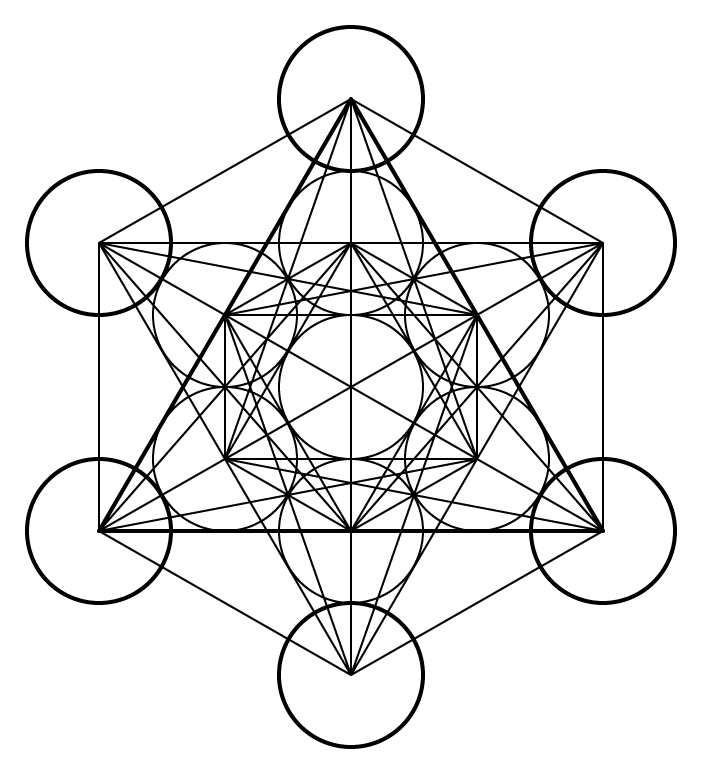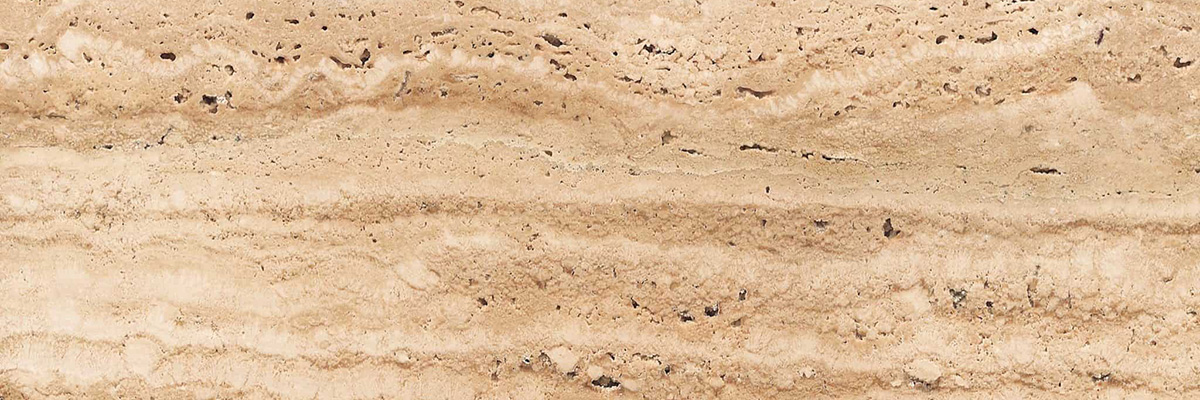Travertine is a sedimentary rock and a sub-class of limestone formed primarily by the precipitation of calcium carbonate minerals in hot springs, caves, or other aqueous environments. This rock is characterized by its distinctive porous texture, which is created by the trapping of gas bubbles within the calcium carbonate layers. Travertine often exhibits a banded appearance and is typically white, cream, or light brown in color. Its unique texture and natural beauty make it a popular choice for decorative and architectural applications.
Mineral Makeup
The primary mineral found in travertine is calcite, a calcium carbonate mineral. Other minerals, such as aragonite and vaterite, can also be present in small amounts, depending on the specific depositional environment. Occasionally, impurities such as iron oxides, clay minerals, or organic matter can be found within the rock, affecting its color and texture.
Origin
Travertine forms through the precipitation of calcium carbonate from mineral-rich waters, typically in hot springs or other geothermal environments. As the water cools or evaporates, calcium carbonate is deposited and accumulates over time, eventually forming layers of travertine. The distinctive porous texture of travertine is created by the trapping of gas bubbles within the layers of calcium carbonate.
Occurrence
Travertine is found in various geothermal regions around the world, most notably in Italy, Turkey, and Iran. In the United States, the most famous travertine deposits can be found in Yellowstone National Park, where the rock forms spectacular terraces and other geological features. Travertine is also associated with limestone caves, where it forms stalactites, stalagmites, and other speleothems.
Metaphysical
Travertine is believed to possess metaphysical properties that promote emotional healing, inner peace, and tranquility. It is thought to help individuals let go of emotional burdens and encourage self-reflection, leading to personal growth and transformation. Travertine is also associated with a sense of purity and cleanliness, helping to clear the mind and promote positive thoughts.
| Class | Sedimentary (Chemical) |
| Mineral Makeup | Primarily calcite, with possible traces of aragonite and vaterite |
| Luster | Vitreous to pearly |
| Hardness (Mohs) | 3-4 |
| Streak | White |
| Color | White, cream, or light brown, with possible color variations due to impurities |
| Cleavage | Perfect in three directions, rhombohedral |
| Specific Gravity | 2.6 to 2.7 |


